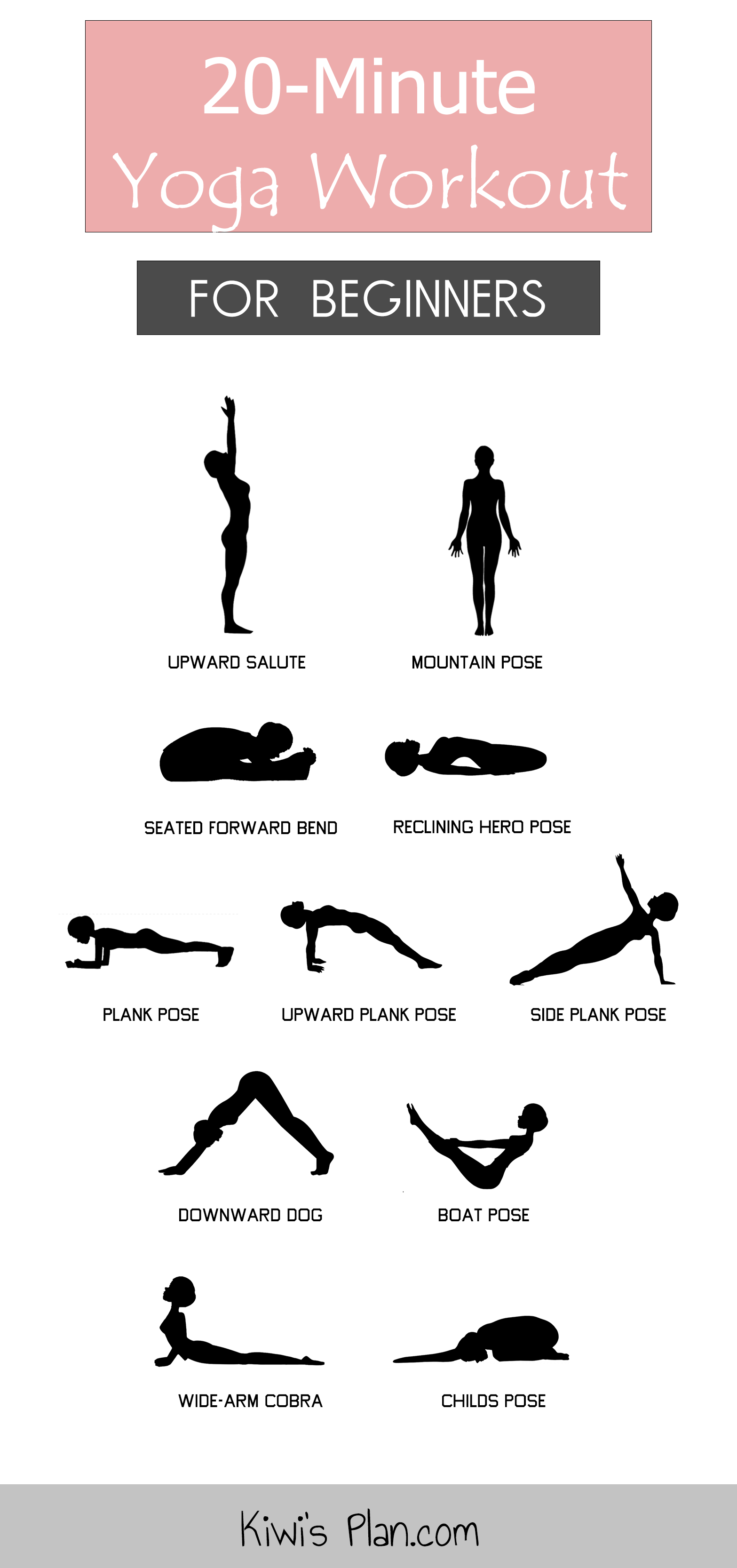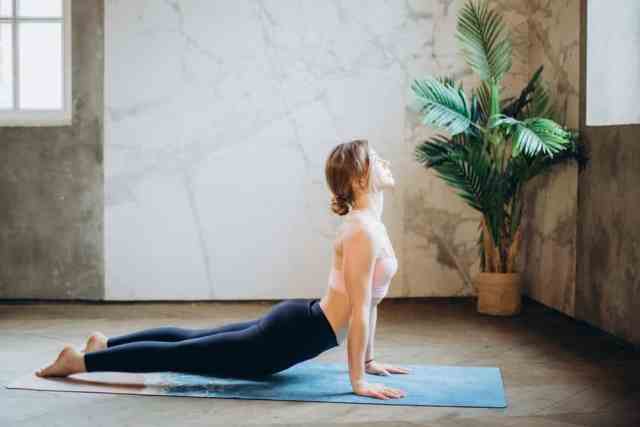
It is sometimes difficult to understand the anatomy and benefits of yoga poses. It is essential to practice yoga with your body in mind. Although most people blame tight muscles for their limitations, compression is what is really causing them. Although it might seem scary, it is quite common and it's not something you should be worried about. For those who want to reap the benefits, it is important to learn the anatomy of yoga postures. This article will help you to make it easier to perform your yoga poses.
The anatomy of yoga poses largely depends on the muscles. In general, the hamstrings are responsible for knee extension and flexion. They begin at the pelvic box and continue down the femur until they reach the elbow joint. Hip extension and hip flexion are key components of yoga. However, there are many common variations of hamstrings. You should be aware of yours before you try any yoga poses.

The hamstrings are the muscles that are responsible for the extension of the knee. They come from the iliac and femurs and insert on to the posterior calcaneus. Therefore, the hamstrings can be used for many types yoga poses. Gastrocnemius on the other hand is found in the medial, lateral, and medial condyles. This muscle is responsible to plantar flexion.
Each human body is unique, as mentioned earlier. Although yoga practitioners would love to make this seem like a common misconception, every human body is unique and will perform different poses. Your ability to attain the desired results in any of the yoga poses can be affected by differences in your anatomy, whether you are a woman (or a man) Yoga practice should be based on your unique anatomy.
It is important to be familiar with the anatomy of various parts of your body, in addition to yoga poses. The three types of muscles that are most important, the adducted, extended and long-term, should be known. Know the difference between flexion & abduction. Also, be aware how your body moves in each. If you are a beginner, you should consult your instructor before starting a yoga class.

Unlike photographs of yogis, each person's body is unique. The result is that no two people can achieve the same yoga poses. While a book that contains photos of yoga poses in their correct anatomy may help you get started with your practice, it doesn't make it easy. It is essential to learn the physiology and safety of yoga before you can practice it safely. You should be able to perform a particular pose using an exercise video.
FAQ
Is Cardio Better Than Strength Training?
Both are equally effective. For those who want to gain muscle quicker, cardio is a better choice.
Cardio burns a lot more calories per minute that strength training and is more effective at burning fat.
Although strength training can increase muscle mass, it is more difficult than cardio to do so.
What is the best 7-day workout program?
A seven-day exercise plan should include cardiovascular training (running/biking/swimming), strength exercises (using weight machines, free weights) and one flexibility/core program (yoga or Pilates). Each activity must be completed at least once per week. Each session should last no more than 45 minutes.
Cardiovascular Exercises: Running, biking, swimming
Aim to do at least 60 minutes per week of cardio. To achieve the best results, aim to exercise for at least 75 minutes each week. Cardio exercises can increase blood flow and stimulate the growth of muscles.
Strength Training
Cardio exercises target your heart and lungs. Strengthening your muscles and bones is the opposite. Strength training builds lean muscle mass, which helps burn calories even when resting.
Flexibility and Core Workouts
To strengthen your whole body, flexibility and core work outs are excellent ways to do so. Both yoga and Pilates are excellent options.
How many calories should I eat daily?
It varies from one person to another. An average person needs 2000-2500 calories per day. Based on your age, gender, height and activity level, you will need to calculate how many calories you require.
Do you allow me to go to the fitness center 7 days a semaine?
You can go to the gym seven times a week, but not at once. It is important to find a time and place where you can exercise without feeling tired or exhausted.
This will help you remain motivated and have more energy to do other activities.
Also, ensure you eat healthy during these times. This will make it so you don't feel tired or sluggish while going to the gym.
You must ensure that you don't have any other competing demands on your time. You might want to avoid working out on school nights if you have kids. They can distract you from your exercise routine.
Statistics
- According to the American Academy of Dermatology (AAD), men over 50 are at a heightened risk of developing it. (healthline.com)
- Cardmembers earn 5% Back at Amazon.com with a Prime Credit Card. (amazon.com)
- By John Thompson Take a whopping 38% off a set of PowerBlock Pros. (menshealth.com)
- An estimated calorie range for moderately active adult males falls between 2,200 to 2,800 calories per day, depending on age. (eatright.org)
- 10 pounds in a month is likely during a lean bulking phase, especially for beginners. (muscleandstrength.com)
External Links
How To
How does a man become fit in just 30 days?
It is best to break down difficult goals in small, manageable steps.
You need to make sure you are working towards the goal each day. This could include anything from 10 pushups that last 5 minutes to running 3km.
If you do this consistently over time, you will see positive results.
The key thing here is consistency. You must persevere until your success is achieved.
What's the difference between Aerobic Fitness & Anaerobic Fitness, and how can you tell?
Anaerobic fitness refers to the ability of our bodies to perform intense physical work without oxygen. Anaerobic pathways can be used to supply enough energy during high-intensity exercise. Anaerobic pathways can include glycolysis, creatinephosphate, the Phosphagen, and lactic acids.
In contrast, aerobic fitness refers to sustaining continuous low-intensity exercise. The primary source of energy for aerobic exercise is oxygen. The aerobic pathway is more efficient than the anaerobic.
To run a marathon you need to first increase your aerobic capacity. If you only focus on building up your anaerobic capacity, you won't be able to finish the race.
Aerobic fitness may also be known as cardiovascular fitness. The most common methods for assessing cardiovascular fitness include VO2 max testing or step tests.
VO2 Max Testing
The body's maximum oxygen consumption during exercise is called the VO2 Max. This test measures the amount of O2 the body can utilize while exercising.
This test can measure your cardiovascular fitness accurately. It requires expensive equipment and highly-trained professionals to administer.
Step Tests
Step tests are a simple but effective way to measure cardiovascular fitness. These tests require you to walk or run on a track or treadmill for a set amount of time, depending on your weight and age.
These tests are easy, inexpensive, and accessible almost anywhere. You can, for example, walk for 2 minutes on a treadmill, then rest for 1 min, then repeat the process for 20 minutes. Then, stop. Throughout the session your heart rate should not exceed a specified range.
This method is known by the "Bruce Protocol". Bruce was himself a runner and developed the protocol after realizing his heart rate wouldn't increase when he ran for longer distances.